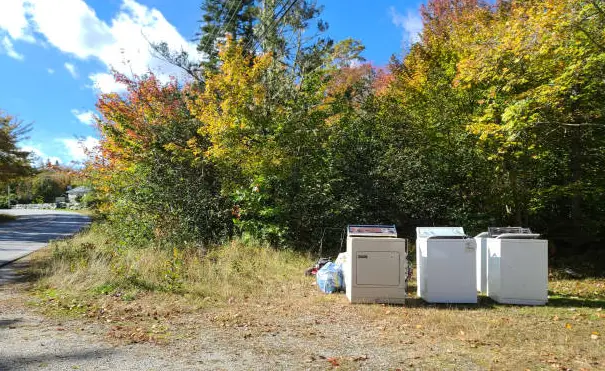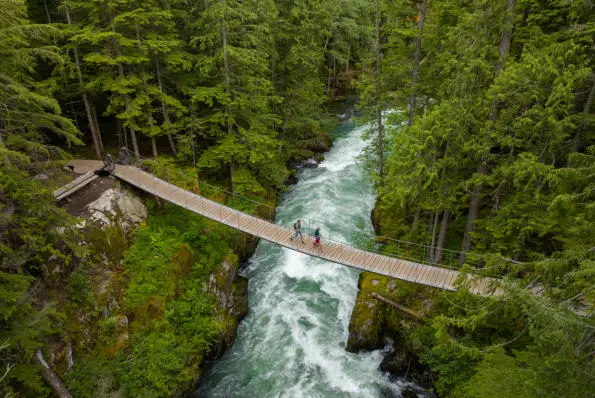Hiking in Canada's wilderness areas offers unparalleled beauty and adventure, but it's essential to minimize our environmental impact. By adopting eco-friendly practices, we can preserve pristine landscapes and fragile ecosystems for future generations. Here are some of the best practices for sustainable hiking in Canada's wilderness areas.

Leave No Trace Principles:
Plan and prepare: Research the area, check weather forecasts, and pack appropriately to minimize waste and environmental impact.
Pack it in, pack it out: Carry out all trash, including food scraps, wrappers, and toilet paper. Leave nothing behind except footprints.
Dispose of waste properly: Use designated toilets or cat holes for human waste, and pack out toilet paper in sealable bags.
Leave what you find: Preserve the natural beauty of the wilderness by leaving rocks, plants, and artifacts undisturbed.
Minimize campfire impact: Follow fire regulations, use existing fire rings when possible, and fully extinguish fires before leaving.

Read more: What is the Leave No Trace philosophy, and how can I follow it in Canada?
Stick to Designated Trails:
Stay on marked trails to prevent trampling vegetation and causing erosion.
Avoid shortcuts or creating new trails, which can damage fragile ecosystems and disrupt wildlife habitats.
Respect trail closures and protected areas to minimize disturbance to sensitive habitats and species.
Respect Wildlife:
Observe wildlife from a distance and avoid approaching or feeding them.
Keep pets on a leash and under control to prevent them from chasing or disturbing wildlife.
Store food securely to prevent attracting wildlife to campsites, reducing the risk of human-wildlife conflicts.

Read more: Are there any eco-conscious restaurants or eateries in Canada?
Practice Sustainable Camping:
Choose established campsites whenever possible to minimize impact on vegetation and soil.
Use lightweight, durable camping gear to reduce your carbon footprint and environmental impact.
Dispose of wastewater properly and avoid contaminating water sources with soap, food scraps, or human waste.
Conserve Water:
Carry a reusable water bottle and refill from natural water sources when safe to do so.
Treat water from streams and lakes before drinking to prevent waterborne illnesses and protect aquatic ecosystems.
Read more: What are the environmental regulations for camping and hiking in Canada?
Reduce Your Carbon Footprint:
Carpool or use public transportation to reduce emissions when traveling to and from trailheads.
Choose eco-friendly transportation options such as electric vehicles or bicycles for accessing trailheads.
Conclusion:
Hiking in Canada's wilderness areas is a privilege that comes with the responsibility to minimize our environmental impact. By following eco-friendly practices such as Leave No Trace principles, sticking to designated trails, respecting wildlife, practicing sustainable camping, conserving water, and reducing our carbon footprint, we can help preserve these pristine landscapes for future generations. Let's leave the wilderness better than we found it and ensure its beauty and biodiversity endure for years to come.

